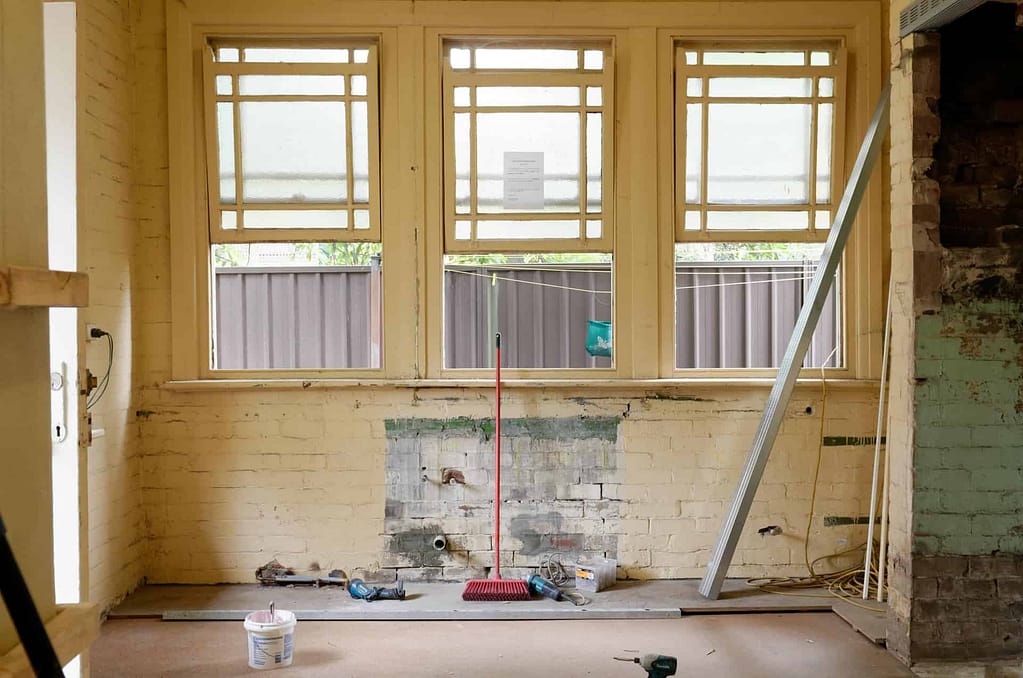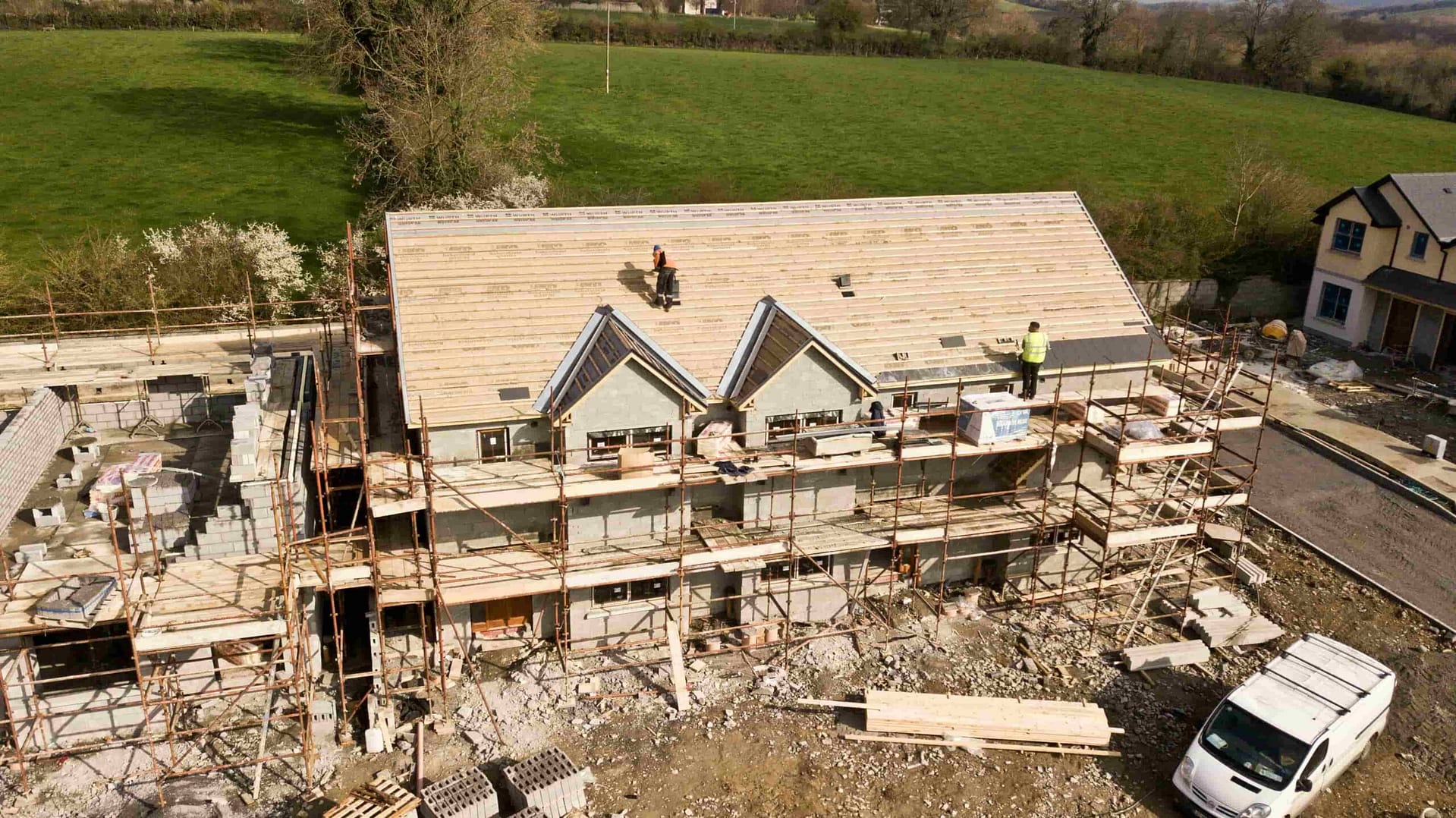Undertaking a construction project is an exciting venture that promises to bring your vision to life. Whether you’re building your dream home, renovating an existing property, or embarking on a commercial development, the prospect of creating something new and tangible is undeniably thrilling. However, amidst the excitement lies a significant challenge: staying within budget. Construction projects are notorious for their propensity to exceed initial cost estimates, leading to financial strain, project delays, and frustration for homeowners and developers alike. In this comprehensive guide, we’ll delve into the intricacies of constructing within budget, offering invaluable insights, strategies, and best practices to help you navigate the financial complexities of your construction project with confidence and success. From setting realistic budget expectations to implementing cost-saving measures and managing expenses throughout the project lifecycle, we’ll equip you with the knowledge and tools you need to achieve your construction goals while keeping your budget in check. Join us as we embark on a journey to master the art of constructing within budget, unlocking the potential for creativity, efficiency, and financial stability in your construction endeavors. Imagine the sense of accomplishment and pride you’ll feel when you successfully complete your project within budget, knowing that you’ve not only brought your vision to life but also managed your resources effectively.
Setting Realistic Budget Expectations:

Before commencing any construction project, it’s essential to establish realistic budget expectations that align with your goals, resources, and vision for the project. Setting a budget is the cornerstone of the construction process, guiding decision-making, resource allocation, and project management. However, creating an accurate budget requires careful planning, thorough research, and a clear understanding of the costs associated with your project. Here’s a practical guide to setting realistic budget expectations for your construction project:
- Conducting Preliminary Research: Begin by conducting thorough preliminary research to better understand the costs associated with your construction project. Explore similar projects in your area, review industry pricing data, and consult with professionals such as architects, contractors, and project managers to gather insights into expected costs. When estimating costs, Consider project size, scope, complexity, location, materials, labor rates, and market conditions. This comprehensive research will not only give you a clear picture of the financial aspects of your project but also make you feel informed and prepared.Establishing Budget Parameters: Once you have a better understanding of the potential costs involved, establish budget parameters that reflect your financial capabilities and project goals. Determine the maximum amount you’re willing to invest in the project, taking into account your available funds, financing options, and desired return on investment. Be realistic about your budget constraints and avoid overextending yourself financially, as this can lead to stress, delays, and compromises in project quality.
- Identifying Key Cost Components: Break down your construction project into critical components to develop a more accurate budget estimate. Consider all the expenses involved, including materials, labor, permits, fees, equipment rentals, subcontractor fees, insurance, taxes, and contingency funds. Take a holistic approach to budgeting and account for the project’s direct and indirect costs.
- Allocating Funds Wisely: Allocate your budget funds wisely to prioritize essential elements of the project while balancing quality, functionality, and aesthetics. Identify your project’s must-have features and requirements, such as structural integrity, safety standards, and regulatory compliance, and allocate funds accordingly. Allocate additional funds for optional upgrades or enhancements based on your budget priorities and project goals.
- Planning for Contingencies: Anticipate potential risks and uncertainties impacting your construction project and plan for contingencies accordingly. Set aside a contingency fund to cover unexpected expenses, changes in scope, delays, and other unforeseen challenges that may arise during the project. As a general rule of thumb, experts recommend allocating 10-20% of your total project budget as a contingency fund to provide a financial safety net and mitigate risks.
- Seeking Professional Guidance: Consult with experienced professionals, such as architects, engineers, contractors, and project managers, to help you develop a realistic budget for your construction project. Tap into their expertise, industry knowledge, and insights to better understand the costs involved and identify potential cost-saving opportunities. Collaborate closely with your project team to develop a budget that aligns with your vision, goals, and priorities while ensuring feasibility and sustainability.
- Reviewing and Revising the Budget: Regularly review and revise your budget as needed throughout your project’s planning and construction phases. Stay vigilant and proactive in monitoring costs, identifying variances, and addressing any budgetary concerns or changes in scope. Be prepared to adjust your budget allocations, reallocate funds, or make strategic decisions to keep your project on track financially while maintaining quality and meeting your objectives.
Conducting a Detailed Cost Analysis:

Conducting a comprehensive and detailed cost analysis is one of the cornerstone practices in ensuring that a construction project stays within budget. This step involves breaking down all anticipated expenses associated with the project from the initial planning stages to completion. A thorough cost analysis encompasses various aspects, including materials, labor, equipment rentals, permits, insurance, taxes, and any other overhead expenses.
Gathering accurate and up-to-date information on construction materials and labor costs in your area is essential to begin your cost analysis process. It may involve contacting suppliers, subcontractors, and industry experts to obtain quotes and estimates for the materials and services required for your project. Factors such as market trends, seasonal fluctuations, and potential supply chain disruptions that may impact material costs during the project should also be considered.
Once you have gathered information on material and labor costs, it’s time to create a detailed budget that outlines all anticipated expenses for the project. Break down the budget into line items for each project phase: site preparation, foundation, framing, roofing, plumbing, electrical, finishing, and landscaping. Allocate funds to each line item based on the estimated costs, considering factors such as quantity, quality, and complexity of work.
In addition to direct construction costs, it’s crucial to consider indirect expenses such as permits, inspections, surveys, architectural fees, project management fees, and legal fees. These costs may vary depending on the size and scope of the project, as well as local regulations and requirements. Be sure to factor in any taxes or fees that may apply to your project, as well as any contingencies or reserves for unexpected expenses that may arise.
As you conduct your cost analysis, you must meticulously document all expenses and assumptions. Keep detailed records of all quotes, estimates, invoices, receipts, and correspondence related to the project. This documentation will help you track expenses and progress and provide valuable evidence during disputes, claims, or audits.
Finally, remember that conducting a detailed cost analysis is an ongoing process that requires regular review and adjustment as the project progresses. Be prepared to revisit your budget periodically to account for any changes in scope, schedule, or costs that may arise during the construction process. By maintaining a proactive approach to cost analysis and management; you can identify potential issues early and take corrective action to ensure that your project stays within budget and on track for success.
Prioritizing Needs vs. Wants:

One critical aspect of managing a construction project within budget is the ability to distinguish between essential needs and desirable wants. This process involves carefully evaluating the project’s requirements and identifying the core elements necessary for its success. By prioritizing needs over wants, project stakeholders can ensure that resources are allocated efficiently and effectively, maximizing the project’s value while minimizing unnecessary expenses.
To effectively prioritize needs vs. wants, it’s essential to start by defining the project’s overarching goals and objectives. What is the primary purpose of the project? What are the core functions and features are essential for achieving those goals? By clearly articulating the project’s requirements, stakeholders can establish a solid foundation for decision-making and resource allocation.
Once the project’s needs have been identified, it’s time to evaluate potential wants or optional features that may enhance the project but are not essential for its success. Wants may include aesthetic enhancements, luxury upgrades, or additional features that add value but are not strictly necessary for the project’s functionality. While these elements can enhance the overall appeal and value of the project, they may also come with additional costs and complexities that can strain the budget.
When prioritizing needs vs. wants, it’s essential to consider factors such as cost, feasibility, and impact on the project’s timeline. Are the desired wants feasible within the project’s budget and schedule constraints? Will they add significant value to the project, or are they aesthetic or cosmetic? By carefully evaluating each want against these criteria, stakeholders can make informed decisions about which features to prioritize and which to defer or eliminate to stay within budget.
In some cases, stakeholders may find it beneficial to compromise on certain wants to prioritize essential needs and ensure the project’s success. It may involve making trade-offs or adjustments to the project scope, design, or specifications to align with budgetary constraints. By maintaining a flexible and adaptive approach to prioritization, stakeholders can navigate the complexities of balancing needs and wants effectively, maximizing the project’s value while staying within budget.
Ultimately, effective communication, collaboration, and decision-making among project stakeholders are the key to successfully prioritizing needs vs. wants. By fostering open dialogue and consensus-building, stakeholders can align their priorities and goals, making strategic decisions that optimize the project’s value and ensure its success within budgetary constraints.
Obtaining Multiple Bids and Estimates:

Obtaining multiple bids and estimates from various contractors and subcontractors is a crucial step in ensuring that a construction project stays within budget. By soliciting bids from multiple sources, you can compare pricing, quality, and services to make informed decisions that align with your budget and project requirements.
To obtain bids and estimates, research and identify potential contractors and subcontractors in your area who specialize in the type of work required for your project. Contact these firms or individuals and request detailed bids that outline the scope of work, materials, labor costs, project timeline, and any other relevant details.
When soliciting bids, provide each contractor with clear and consistent project specifications to ensure they are all bidding on the same scope of work. It will help you compare bids accurately and avoid discrepancies or misunderstandings later. Be sure to include any special requirements, preferences, or considerations in your request for bids to ensure that contractors can provide accurate and competitive estimates.
As you receive bids and estimates from various contractors, carefully review and evaluate each proposal based on experience, reputation, qualifications, references, and pricing. Look for contractors with a proven track record of delivering high-quality work within budget and on schedule. Conduct interviews or site visits with potential contractors to assess their capabilities, communication style, and compatibility with your project goals.
In addition to comparing pricing, evaluate each contractor’s overall value, taking into account factors such as quality of materials, workmanship, warranty coverage, and customer service. Remember that the lowest bid is not always the best option, as it may indicate inferior quality or potential for cost overruns.
Once you have collected and evaluated multiple bids and estimates, negotiate with contractors to finalize terms and pricing that meet your budget and project needs. Be prepared to ask questions, seek clarification, and negotiate terms to ensure you fully understand and agree to each bid’s scope of work and pricing.
Finally, remember that obtaining multiple bids and estimates is about finding the lowest price and selecting the best value for your investment. By carefully evaluating each proposal and selecting contractors who offer the best quality, reliability, and affordability, you can ensure that your construction project stays within budget and meets your expectations for quality and performance.
Establishing a Contingency Fund:

One of the most critical aspects of managing a construction project budget effectively is establishing a contingency fund. A contingency fund serves as a financial buffer to address unforeseen expenses, changes in scope, or unexpected challenges that may arise during the course of the project. While it’s impossible to predict every eventuality, having a contingency fund in place can provide peace of mind and help mitigate financial risks.
When determining the size of your contingency fund, it’s essential to consider the complexity and scale of the project, as well as the level of uncertainty involved. As a general rule of thumb, experts recommend setting aside 10-20% of the total project budget as a contingency fund. However, the specific amount may vary depending on factors such as project type, location, and risk factors.
Once you have established the size of your contingency fund, it’s essential to allocate these funds strategically and prudently. Consider potential areas of risk or uncertainty that may impact the project, such as weather delays, material shortages, labor shortages, design changes, or unforeseen site conditions. Allocate funds to address these potential risks based on their likelihood and potential impact on the project.
While it may be tempting to dip into the contingency fund at the first sign of trouble, it’s essential to exercise discipline and discretion in its use. Avoid using the contingency fund for non-essential expenses or scope changes that can be accommodated within the existing budget. Instead, reserve these funds for genuine emergencies or unforeseen circumstances that threaten the success of the project.
Throughout the project, monitor the status of the contingency fund closely and track any withdrawals or expenditures. Keep detailed records of all transactions and documentation related to the use of the contingency fund, including invoices, receipts, change orders, and correspondence. This documentation will not only help you track expenses but also provide valuable evidence in the event of disputes, claims, or audits.
Finally, remember that establishing a contingency fund is not a one-time event but an ongoing process that requires regular review and adjustment. As the project progresses, periodically reassess the status of the contingency fund and adjust its size and allocation as needed based on changes in project scope, schedule, or costs. By maintaining a proactive approach to contingency fund management, you can ensure that your project stays on track financially and minimize the risk of budget overruns.
Monitoring and Managing Costs Throughout the Project:

Once construction begins, monitoring and managing costs closely is essential to ensure that your project stays within budget. Implement robust project management systems and tools to track expenses, monitor progress, and identify any cost overruns or variances in real-time. Regularly review financial reports, conduct budget audits, and communicate openly with your project team to address any issues promptly and proactively. By maintaining a proactive approach to cost management, you can identify potential problems early and take corrective action to keep your project on track financially.
Conclusion:
Constructing within budget is a challenging yet achievable goal for homeowners and developers undertaking construction projects. By setting realistic budget expectations, conducting detailed cost analyses, prioritizing needs vs. wants, obtaining multiple bids and estimates, implementing value engineering, establishing a contingency fund, and monitoring costs throughout the project, you can maximize the value of your construction investment and achieve your budget goals. With careful planning, diligent oversight, and strategic decision-making, you can bring your construction project to life while staying within budget and realizing your vision for your property.









